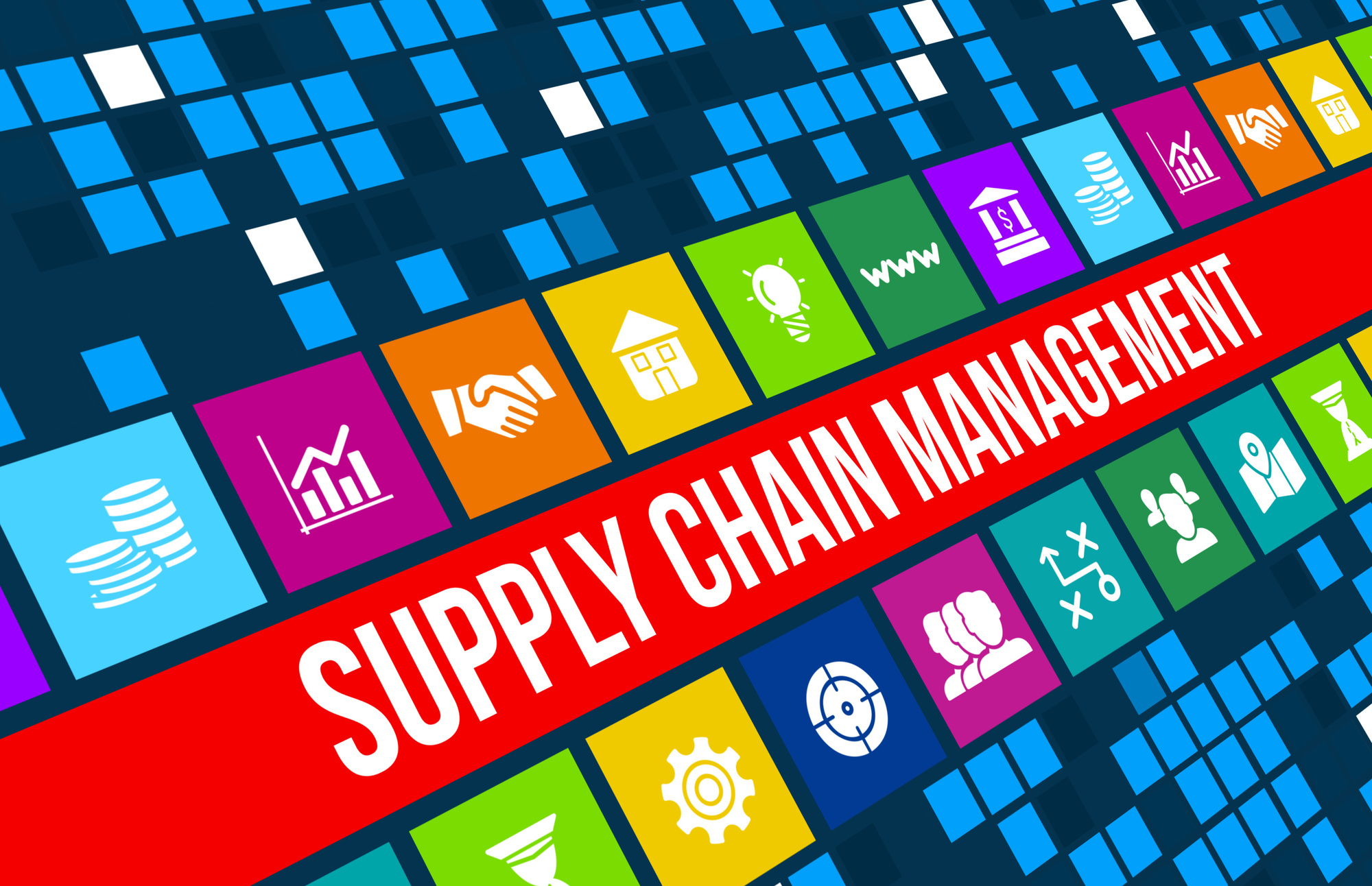Are you leading a supply chain that’s deflecting mistakes?
We all make mistakes, even when we know better. Perhaps you’ve made an honest error when it comes to running your process, but gaffes like that become more and more problematic as your business model becomes more complex.
In some cases, you might have even unknowingly set up your supply chain for a series of management errors that you’re now trying to correct. But how do you correct a broken supply chain?
We’re here to help. Keep reading for the most common supply chain management errors and how you can avoid them.
1. Not Having a Clear Strategy
When it comes to supply chain management, one of the biggest errors is not having a clear strategy. This can lead to a lot of issues further down the line, including wasted time and money.
To avoid this, sit down and map out a clear strategy for your supply chain. This should include what your main goals are, who all the key players are, and what the main steps are. Once you have this, it will be much easier to avoid making mistakes and keep your supply chain running smoothly.
2. Poor Communication
Many supply chain management errors arise from poor communication. This happens because there is a lack of communication between the different parties involved in the supply chain, or when communication breaks down. Good communication is essential to ensure that everyone is on the same page and that everyone knows what is happening at every stage of the supply chain.
You can avoid this by making sure that you have a clear and concise communication plan. This should include who needs to be communicated with, how often, and what information needs to be shared.
Also, have a dedicated team or individual responsible for communication. This will help to ensure that communication is not neglected.
You can also use different methods of communication such as email, phone, and face-to-face meetings. This will help to ensure that everyone receives the information in the way that they prefer.
Finally, have a system in place for tracking communication. This will help to ensure that nothing’s missed and that you can go back and review information if necessary.
3. Lack of Transparency
Transparency is critical for effective supply chain management, yet it is often lacking. One reason is that different members of the supply chain may have different levels of access to information. This can create silos of information and prevent visibility into the entire supply chain.
Another reason for the lack of transparency is that some companies may not want to share information with their competitors. But, without transparency, it is difficult to manage the supply chain.
There are several ways to improve transparency in the supply chain. One is to have a central repository of information that all members of the supply chain can access. Another is to use technology to track product progress through the supply chain.
4. Inefficient Processes
Inefficient processes can lead to wasted time and resources. It can also cause disruptions in the supply chain.
To prevent this, first, streamline your processes and establish clear guidelines and standards. Second, invest in technology and automation to help manage and track your supply chain. And finally, make sure to review and audit your processes to ensure they are efficient and effective.
5. Not Tracking Data
Tracking data is one of the most important aspects of supply chain management. Without tracking data, it is difficult to manage inventory, optimize production, or predict customer demand. It can also lead to errors in decision-making and, ultimately, to a recession.
To avoid recession and other errors in the future, track data at all stages of the supply chain, from raw materials to finished products. Take the time to examine, navigate, and read more about this information. The supply chain data you gathered can be used to forecast demand, manage production, and control inventory.
6. Lack of Transportation Visibility
Lack of transportation visibility is also one of the common errors in the list. This happens when information about shipments is not shared between all parties involved in the supply chain. This can lead to delays, cost overruns, and customer dissatisfaction.
To avoid this, it is important to have a system in place that allows all parties to track and share information about shipments. This will help to keep the supply chain running smoothly and avoid costly errors.
7. Inaccurate Inventory Management
There are a few reasons why inaccurate inventory management is such a costly mistake. First, it can lead to stockouts. When businesses can’t meet customer demand, they lose sales and damage their reputation.
Second, it can cause businesses to overstock. This ties up valuable resources and can result in markdowns and write-offs.
So how can you avoid this costly mistake? The first step is to have a good system in place for tracking inventory. This system should include regular audits and cycle counts.
You need to train your employees on how to manage inventory in proper procedures. You should also work with your suppliers to ensure that they’re getting accurate information about product availability.
Avoiding Supply Chain Management Errors
Most supply chain management errors can be avoided with careful planning and execution. But, when errors do occur, they can have a ripple effect throughout the entire supply chain, causing significant delays and disruptions. By being aware of these errors and taking steps to avoid them, businesses can keep their supply chains running.
If you found this helpful and want to read more great content, check out our latest blog posts now!

